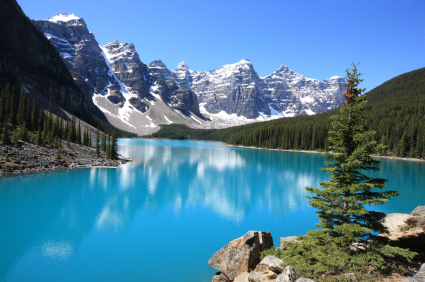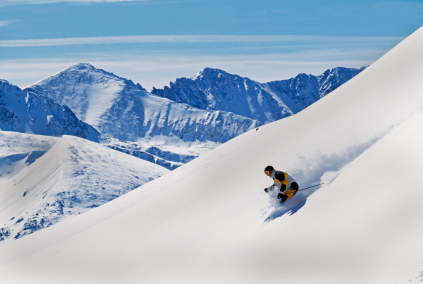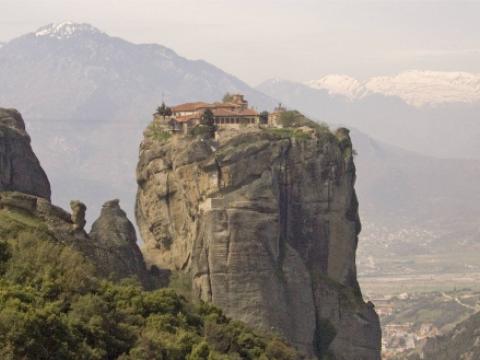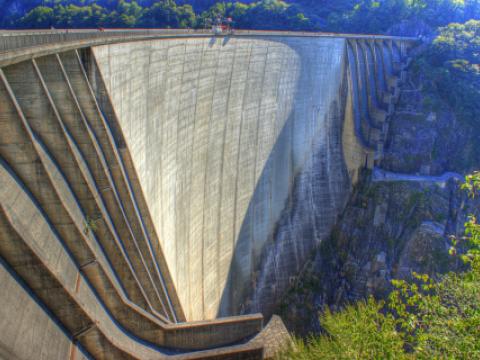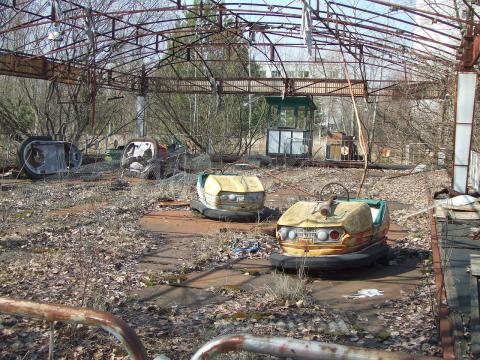Location
The deepest hole ever drilled. The Russians started the drilling in 1970 after a suitable place and technology was found. A number of boreholes were drilled on this site by branching from a central hole. The deepest borehole, SG-3, reached 12,262 metres (40,230 ft) in 1989, and is the deepest hole ever drilled, and the deepest artificial point on earth.
In 1989 the hole depth was expected to reach 13,500 m (44,300 ft) by the end of 1990 and 15,000 m (49,000 ft) by 1993. However, due to higher than expected temperatures at this depth and location, 180 °C (356 °F) instead of expected 100 °C (212 °F), drilling deeper was deemed unfeasible and the drilling was stopped in 1992. With the expected further increase in temperature with increasing depth, drilling to 15,000 m (49,000 ft) would have meant working at a projected 300 °C (570 °F), at which the drill bit would no longer work.
The race to the depths was one of the cold war races which began pretty much parallel with race to the space in the 60´s. Before teh drilling began the geologists had reached a number of conclusions regarding the Earth’s deep crust based on observations and seismic data. However many of the theories were proved to be fail as the drilling went on. Based on the behaviour of the seismic waves they expected that granite would turn into basalt in 3-6 kilometers beneath the surface – it didn´t – it turned into metamorphick rock (created by intense heat and pressure). Surprisingly, this deep rock was found to be saturated in water which filled the cracks. Because free water should not be found at those depths, scientists theorize that the water is comprised of hydrogen and oxygen atoms which were squeezed out of the surrounding rocks due to the incredible pressure.
Another unexpected find was a menagerie of Twenty-four distinct species of plankton microfossils as deep as 6.7 kilometers below the surface.
The Russian researchers were also surprised at how quickly the temperatures rose as the borehole deepened, which is the factor that ultimately halted the project’s progress. At twelve kilometers the drill began to approach its maximum heat tolerance. The actual temperature was about 180°C (356°F)– much higher than anticipated. At that level of heat and pressure, the rocks began to act more like a plastic than a solid, and the hole had a tendency to flow closed whenever the drill bit was pulled out for replacement. Forward progress became impossible without some technological breakthroughs and major renovations of the equipment on hand, so drilling stopped on the SG-3 branch.
Probably the easiest to taka taxi or have a car to go there. Address:
Yubileynaya Street
Zapoliarny 184430
Murmansk region
To be updated.




